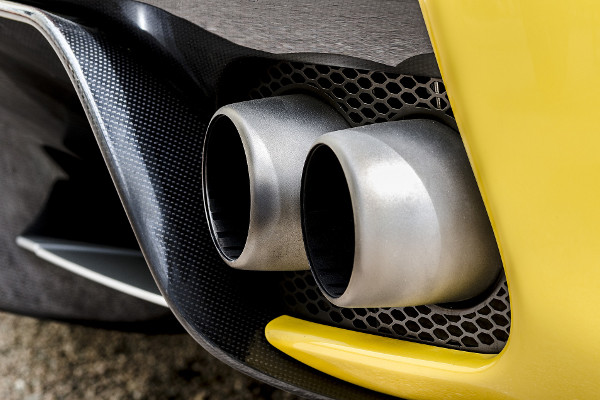Electric vehicles bring down emissions, but also modernise the European economy.
One fifth of Europe’s greenhouse gas emissions come from the road transport. At the same time, transport is the only major sector which did not reduce its emissions since 1990.
Referring to his 2nd report on the State of the Energy Union, Vice-President of the European Commission announced last February transport would be targeted by the upcoming legislative proposals.
Commissioner Maroš Šefčovič used to say that last year he had delivered 80 percent of the proposals related to the Energy Union. In 2017, the remaining 20 percent seem to be covering to a large extent the road transport.
Three new measures
Šefčovič aims to introduce three new measures.
First, the Commission will propose new CO2 limits for passenger vehicles and vans applicable at the start of the next decade. Second, the revised eurovignette, i.e. EU road toll, will take increasingly into account the “polluter pays” principle.
The third upcoming measure are new emission standards for trucks. They alone produce 4 percent of Europe’s greenhouse gas emissions, the passenger vehicles representing 16 percent.
Last year, the Commission presented the Strategy for Low-Emission Mobility, which includes additional measures like support for charging infrastructure for electric vehicles.
Avoiding the Kodak moment
Reduction of emissions is one of the big objectives of the Energy Union in line with European Union’s commitment to the Paris Agreement.
But Šefčovič told to a group of journalists that cleaner transport is also a matter of the competitiveness.
“We want to do everything possible for the European automotive industry to be the best in the world,” Šefčovič told to SET Plan website. “So that we avoid the Kodak moment (illustrated by the phenomenon) that on day you are selling something that is the best in the world and the other day no one wants it anymore,” added the Commissioner.
Šefčovič was referring to the rise of new markets of low-emission vehicles powered by biofuels, hydrogen or electricity.
Modernising the economy
In 2015, the United States was overtaken by China as the largest market for electric cars, with over 200 000 new registrations, the International Energy Agency writes in its Global EV Outlook 2016.
As top e-vehicle markets, China and US also have their own producers. Europe is neither a first buyer, nor a first producer of cars powered by electricity.
The Commission seems to believe that the European auto producers risk losing pace with the global markets. They should be incited to innovate by market forces – the demand in Europe – as well as by stricter regulation favouring cleaner transport.
This goes hand in hand with Šefčovič’s ambition to use the Energy Union as a way of modernising the European economy.
Poland’s development plan
Poland is the one country among EU’s Visegrad members who makes the link between green transport and re-industrialisation.
Last year, Poland introduced the Plan for Responsible Development, which is, as Deputy Prime Minister Mateusz Morawiecki explained, based on five pillars: reindustrialization, the development of innovative companies, the attraction of capital for development, a focus on exports and foreign expansion and balanced social and regional development.
One of the goals of the first pillar is the design and production of Polish vehicles for urban public transport, a presentation of the Plan reads. The government intends to support the production of electric buses.
The starting point is a “worldwide increase in demand for low-carbon vehicles”. Co-funding is expected from the EU.
Back to the power system
Next to economic modernisation, it is important not to forget the other goal of the Energy Union: overall lower emissions.
Executive Director of the International Energy Agency warned that it is myth that electric cars equal cleaner environment. “Look at China,” Fatih Birol said last December at the SET Plan / Central European Energy Conference X.
China has a lot of coal-based power, so does Poland. “In order to decarbonize transport, we have to look at the decarbonization of the power system,” said Birol.
Birol’s remarks refocus the attention to the initial target sector of the Energy Union. Indeed, a comprehensive emissions reduction cannot take place without a significant contribution from the energy sector.

 __
__
 _
_
 _
_ _
_